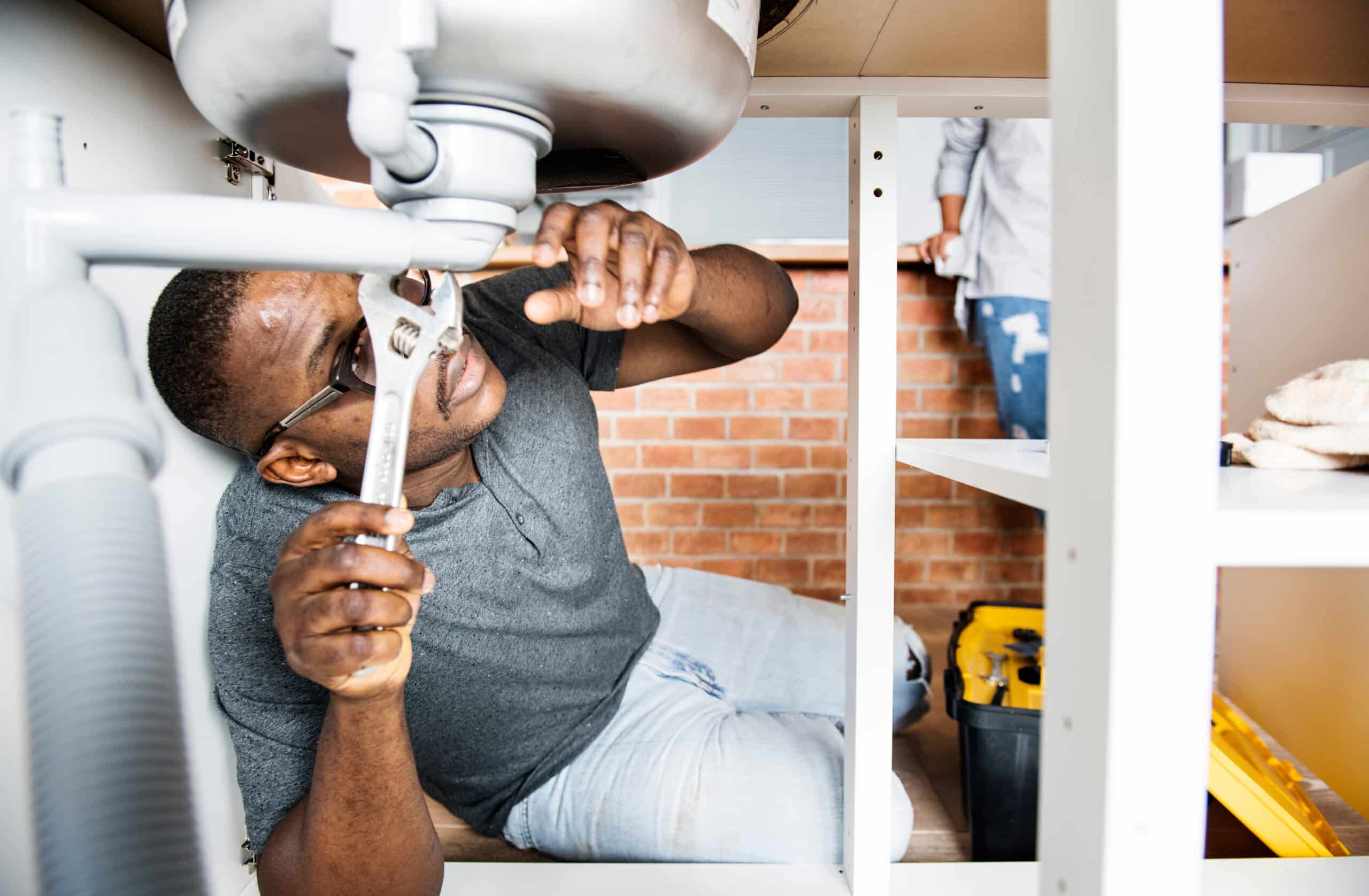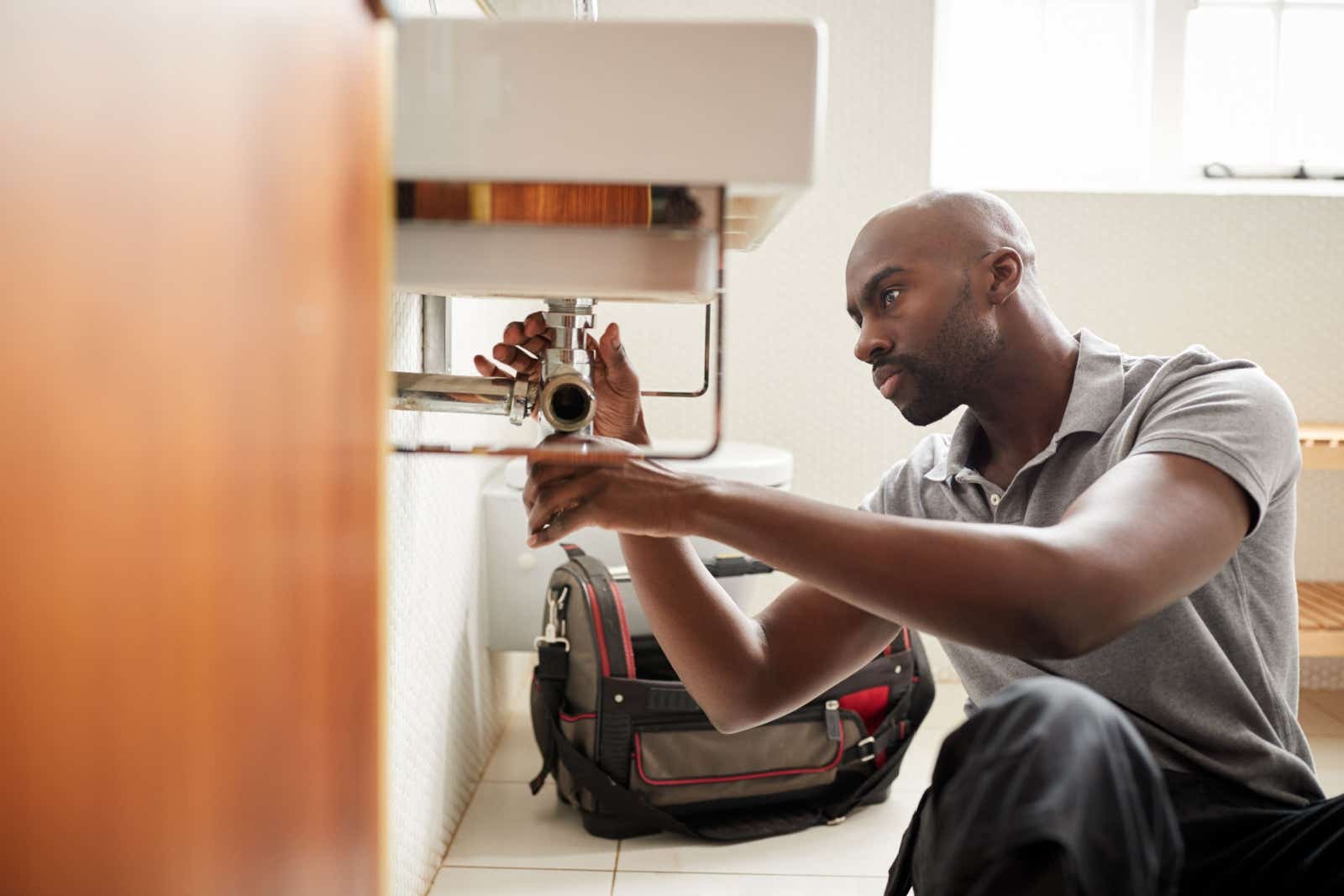Complete Plumbing Alabaster AL Solutions for Your Home
A Detailed Guide to Efficient Hot Water Heater Installation for Ideal Efficiency
Starting the task of installing a hot water heater is an endeavor that demands precision and an organized technique for accomplishing optimal efficiency. The procedure begins with the crucial decision of picking the proper heater customized to the certain needs of your household, considering variables such as size, kind, and power source. Once picked, preparing the setup area to satisfy safety criteria is vital. The journey does not end below. As you proceed, the ins and outs of connecting supply of water lines and establishing trusted electrical or gas links await, appealing understandings into making sure efficiency and dependability.
Choosing the Right Water Heater

Next, think about the size and capability of the water heating unit. It's essential to analyze your family's warm water requirements, which can vary based on the variety of occupants and their usage patterns. A device that's also little may cause inadequate hot water, while a large design may lead to unneeded power intake.
Performance rankings likewise play a crucial duty in option. Seek water heaters with high Energy Factor (EF) ratings, indicating superior performance and minimized power usage. Tankless designs, though normally a lot more costly in advance, offer substantial energy financial savings with time due to their on-demand heating capabilities.
Preparing the Installment Location
Before installing a new hot water heater, thorough prep work of the setup area is necessary. This makes certain a smooth setup process and helps protect against future issues (Water Heater installation Alabaster AL). Begin by choosing an appropriate area that adheres to local building ordinance and security standards. The location must be completely dry, well-ventilated, and easily accessible for maintenance. It's critical to determine the space thoroughly to fit the water heating unit's measurements, making sure sufficient clearance around the device for effective procedure and servicing.
Inspect the floor for stability, as the water heater will certainly require a strong, degree surface area to run successfully. If needed, set up a drip pan beneath the device to catch potential leaks or spills, protecting against water damage to the surrounding location.
Additionally, ensure that all needed tools and products are on hand before commencing the installment. This consists of things such as wrenches, screwdrivers, a degree, and any type of additional hardware needed for securing the heating system and placing. A well-prepared installation location establishes the foundation for a successful water heating system configuration, enhancing performance and safety and security.
Connecting Water System Lines
When linking supply of water lines to your recently mounted water heating system, it is crucial to make sure that all links are protected and leak-free to preserve effective operation and protect against water damages. Begin by recognizing the warm and cool water supply lines. The cold water inlet is usually noted with a blue label or a "C", while the warm water electrical outlet is noted with a red tag or an "H".
Usage adaptable water heating system ports to help with a less complicated installation process. Before connecting the adapters, position a plumber's tape around the threaded ends of the water heating unit's inlet and outlet pipes.
When links remain in area, gradually switch on the main supply of water valve. Examine each connection for leaks by aesthetically really feeling and examining for dampness. Tighten up links as necessary, and ensure the pressure safety valve is appropriately set up, securing versus extreme stress build-up.
Setting Up Electrical or Gas Connections
Correctly establishing the electrical or gas links for your hot water heater is a vital action to make sure risk-free and effective operation. For electrical water heating systems, start by confirming that the electrical circuit is compatible with the heating system's voltage and amperage needs. Ensure the power supply is shut off at the breaker to avoid accidents. Connect the electric cables to the heater following the supplier's electrical wiring diagram. Typically, this entails connecting the ground wire to the environment-friendly terminal, and the continuing to be cables to their corresponding terminals, safeguarding each with cable nuts.
For gas hot water heater, safety is paramount. Confirm that the gas supply is off before continuing. Connect the gas line to the water heater utilizing a versatile gas adapter, ensuring it is appropriately threaded and secured with pipe joint compound or Teflon tape suitable More Bonuses for gas connections. Tighten the connections with a wrench, taking care not to over-tighten (Plumbing Services Alabaster AL).
When connections are made, inspect for any type of possible leakages. For gas lines, apply a soapy water remedy to the joints; special info bubbles show a leak. For electric links, double-check that all wiring is secure and properly shielded, keeping compliance with regional electrical codes.
Changing and checking for Efficiency
With the electric and gas links securely in position, the next step is evaluating the operational efficiency of your water heating system. Begin by meticulously switching on the water supply and guaranteeing there are no leakages at any one of the joints or shutoffs. When validated, continue to fill the tank, focusing on the pressure and temperature settings. It is a good idea to establish the thermostat to a recommended temperature level of around 120 ° F(49 ° C) to stabilize energy performance and convenience.
Following, perform a detailed examination to ensure the burner or gas burners are functioning properly. For electric heating units, utilize a multimeter to confirm if the aspects are check this attracting the ideal current. In gas models, observe the burner fire; it ought to be blue and constant, showing reliable combustion.
Change the setups as required to remove ineffectiveness. Think about carrying out insulation steps, such as adding a water heater blanket, to additionally boost performance by decreasing heat loss. Additionally, check the anode rod's condition, as a shabby pole can lower performance and result in storage tank deterioration.
Final Thought
Effective water heating system installment is essential for guaranteeing ideal performance and power cost savings. Firmly attaching water supply lines and meticulously establishing up electrical or gas connections lessen potential problems.

Properly setting up the electrical or gas links for your water heating unit is a crucial action to ensure safe and efficient operation. For electric water heating systems, begin by confirming that the electrical circuit is compatible with the heater's voltage and amperage requirements. Attach the gas line to the water heating unit utilizing a flexible gas port, guaranteeing it is correctly threaded and sealed with pipe joint compound or Teflon tape suitable for gas connections.